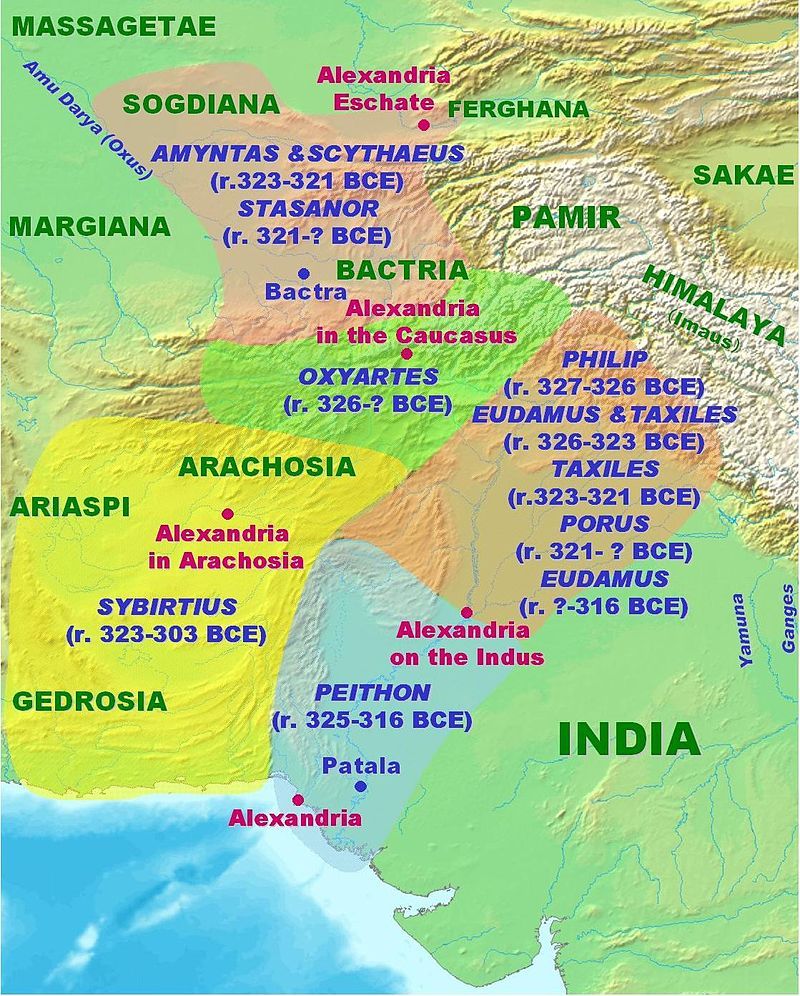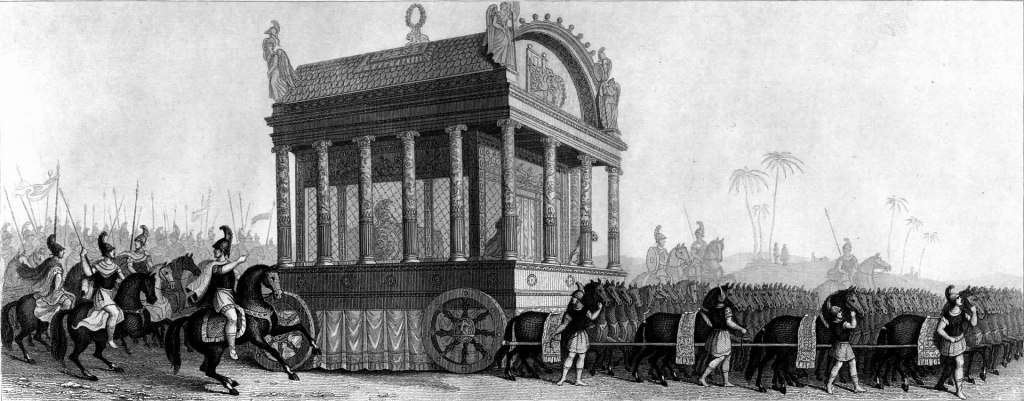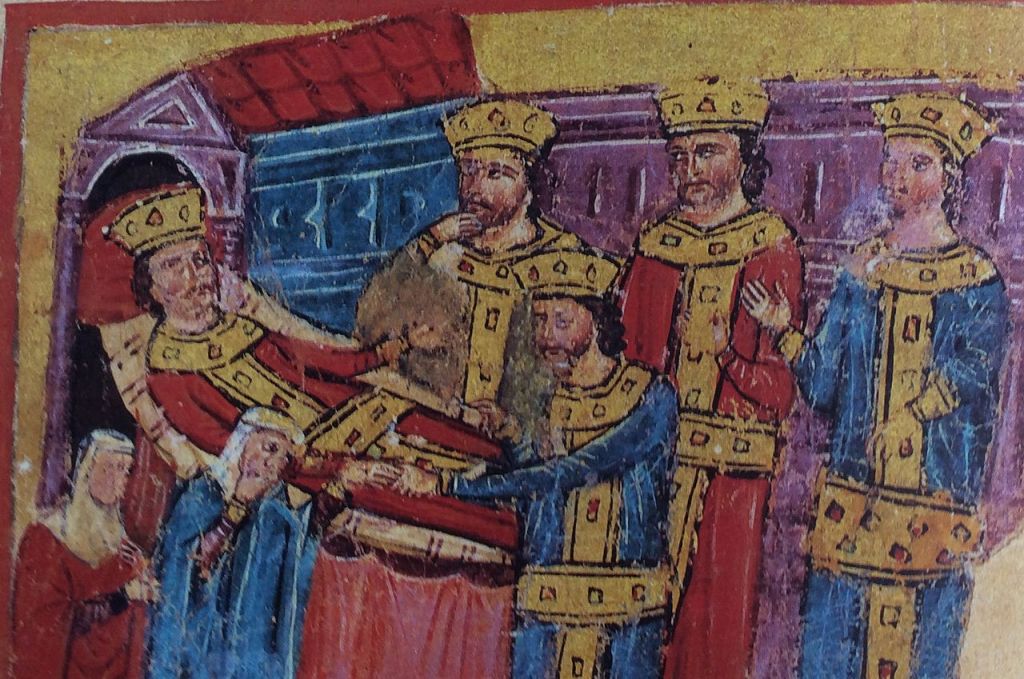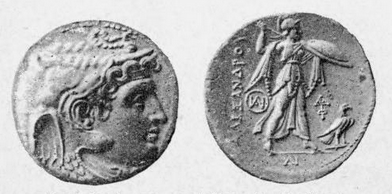A short break from the main narrative here to dive into Indian history. At the time of Alexander the Great, there was no one united India, just a lot of squabbling kingdoms and states as in the majority of the world’s history. Although the north was dominated by the Nanda empire, there was no one state which had central control. However, after Alexander left again some in India started getting big ideas…
Sources for this episode: 1) Oltermann, P., et al., the Guardian (2010), The Ancient World booklet series Day seven: India. 2) Thapar, R. (2006), The Mauryan empire in early India. Historical Research 79(205): 287- 305. 3) Habib, I. and Habib, F. (1989). Proceedings of the Indian History Congress 50: 57- 79. 4) Woolf, A., 2014 A Short History of the World, The Story of Mankind from Prehistory to the Modern Day. London: Arcturus Publishing Limited. 5) Author unknown, Encyclopaedia Britannica, Porus (online) [Accessed 28/12/2020] 6) Oltermann, P., et al., the Guardian (2010), The Guardian Ancient World booklet series day 2: Greece. 7) Author unknown, Encyclopaedia Britannica, Mauryan Empire (online) [Accessed 29/12/2020]






